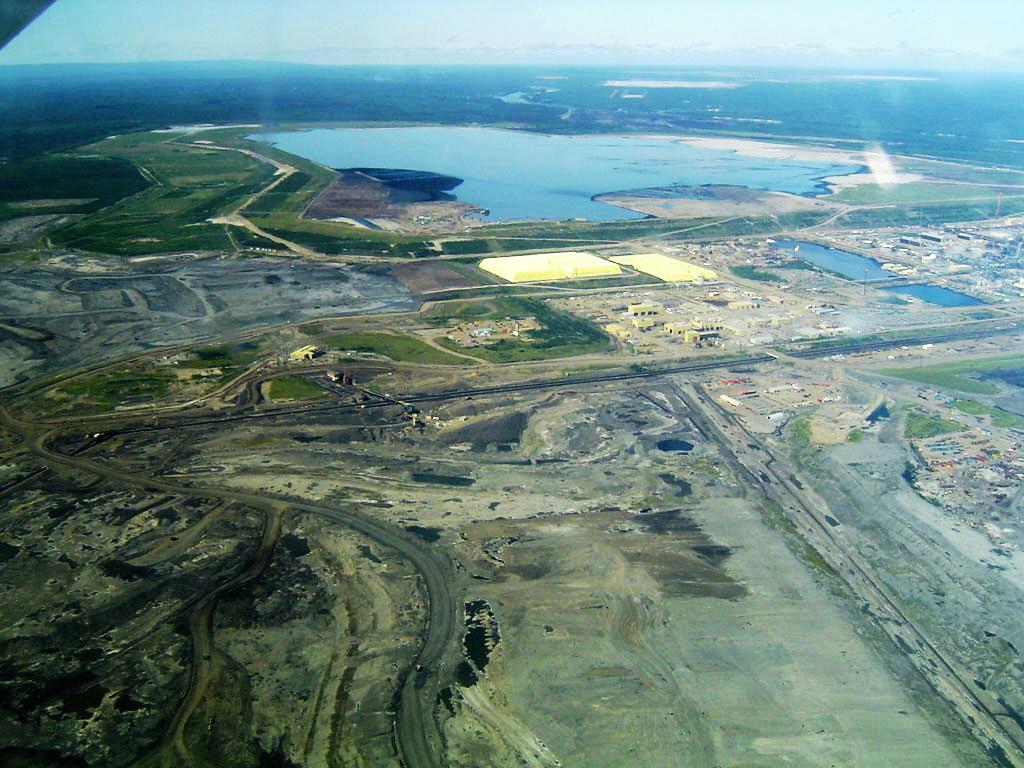
Supporters of the Keystone Pipeline and Canada’s tar sands development like to call their product “ethical oil,” but plenty of their opponents question whether digging up massive amounts of the earth’s surface is really “ethical.” Those who question whether churning tar sands into fuel, the most energy-intensive fossil fuel to refine, is a wise long-term policy will have more ammunition due to a report Fossil Free Indexes recently released. It could give potential investors in tar sands companies second thoughts about buying their equities.
According to this New York-based research group, which provides data to support ethical investing, the top 20 companies that have invested in the Canadian tar sands have increased their potential carbon dioxide emissions by more than five times the past 10 years. The FFI came up with this list based on its most recent Carbon Underground Tar Sands 20, which is comprised of the largest of the 200 public coal, oil and gas companies based on their reported reserves.
The companies with the five highest embedded carbon emissions, based on their total tar sands reserves, should not be surprising: ExxonMobil, Suncor Energy, Imperial Oil, Canadian Natural and Shell top the list. And out of the total potential emissions the companies with the 20 largest tar sands reserves are holding, these top five are storing a whopping 57 percent of CO2 that could eventually be released into the earth’s atmosphere.
Furthermore, FFI’s methodology only counted potential CO2 emissions based on reserves these companies publicly disclose. They do not include emissions from other processes involved in the development of tar sands, including extraction, refining, transport and distribution. Consider the fact that 80 percent of Alberta’s tar sands are too deep to mine and therefore require steam to melt the ground containing the tar (or bitumen) that is eventually converted into oil. The long term environmental impact of harvesting these reserves goes beyond the carbon emitted once the resulting fuel is consumed.
So what is the point of FFI distributing this information? This organization is looking at it from a business point of view rather than from a political or environmental perspective. At a time when more investors are interested in companies with a strong record of corporate responsibility, environmental stewardship and ethics to include in their portfolios, FFI makes the case that its index of companies, which scrub out large carbon emitters from the S&P 500, reveals an overall performance virtually indistinguishable from the overall S&P 500. For foundations, universities and other organizations seeking to divest from companies involved in tar sands extraction, the FFI just offered them compelling data to help them make that decision.
After a year in the Middle East and Latin America, Leon Kaye is based in California again. Follow him on Instagram and Twitter. Other thoughts of his are on his site, greengopost.com.
Image credit:Wikipedia

Leon Kaye has written for 3p since 2010 and become executive editor in 2018. His previous work includes writing for the Guardian as well as other online and print publications. In addition, he's worked in sales executive roles within technology and financial research companies, as well as for a public relations firm, for which he consulted with one of the globe’s leading sustainability initiatives. Currently living in Central California, he’s traveled to 70-plus countries and has lived and worked in South Korea, the United Arab Emirates and Uruguay.
Leon’s an alum of Fresno State, the University of Maryland, Baltimore County and the University of Southern California's Marshall Business School. He enjoys traveling abroad as well as exploring California’s Central Coast and the Sierra Nevadas.














